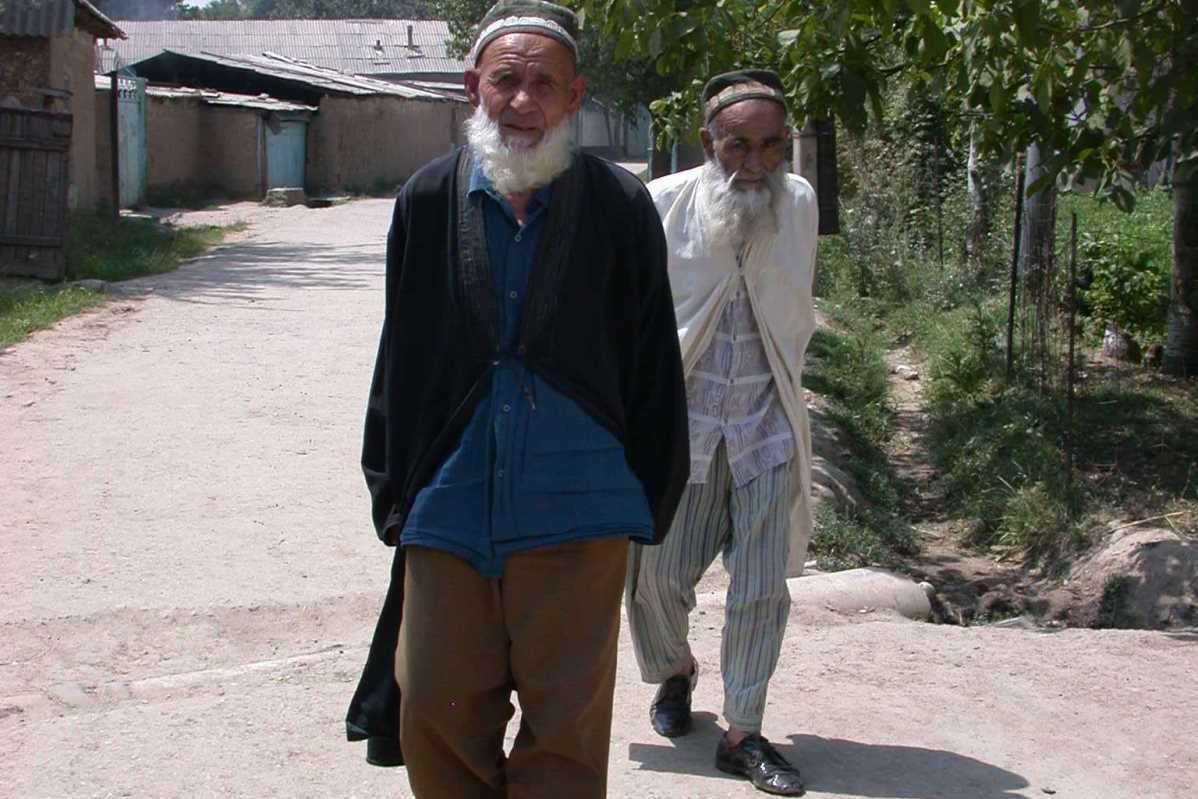Adopted in November 2022, the “Strategy for Development for Social Protection of the Republic of Tajikistan” for the period of up outlines how the Tajik authorities plan to strengthen social guarantees for citizens, though it presents mainly general intentions.
The Social Protection Strategy is a framework document that reflects comprehensive vision of Tajikistan’s prospects for the social protection sector and its further development priorities. It focuses on required institutional reforms, need for sustainable social development, necessity for ensuring social security for people throughout life cycle, as well as fosters enhancements of social justice.
The Strategy draws attention to pressing challenges and problems and is aimed at developing and implementing specific measures for the most priority directions in the medium- and long-term perspectives based on three stages of life: pregnancy, childhood and adolescence; working age; and old age.
The Strategy is supported by financing exceeding 966 million somonis (over US$90.5 million), with 333.3 million somonis (US$31.2 million) coming from the national budget and the remainder from development partners.
Finance management
The current multi-level administrative structure negatively affects the implementation of social protection measures at the local level. A new management structure is planned. Funding for social protection does not currently consider the officially recognized cost of living (the minimum subsistence level), which the strategy aims to address.
Pension system reform
A pension reform concept is being developed to transition to a contributory pension system. Pension and benefit amounts will be periodically increased, and their ratio to wages will be brought to a minimum standard.
As of July 1, 2024, there are over 815,000 pensioners in Tajikistan. The average pension amounts are: insurance pensions -- 475.75 somonis; labor pensions -- 583.27 somonis; and social pensions -- 349.45 somonis.
Social protection for mothers and children
The strategy aims to periodically increase social benefits for women, including maternity benefits and monthly child care allowances. Special attention is given to ensuring access to healthy nutrition for pregnant women, nursing mothers, and low-income families with young children.
Support for people with disabilities
Children with disabilities and their families will gain broader access to rehabilitation programs and social and medical services. The Ministry of Health and Social Protection of the Population operates a Prosthetic-Orthopedic Plant in Dushanbe, with branches in Kulob, Khorog, and Khujand, to provide rehabilitation equipment such as prosthetics and wheelchairs.
Targeted social assistance
Since 2011, a targeted social assistance mechanism has been gradually introduced to improve the effectiveness of social benefits for low-income families. This pilot system, based on indirect assessment of household wealth, has been expanded to all 68 cities and districts of the country since July 2020, covering more than 15% of households.
Support for the elderly
The state program on aging and social support for the elderly (2023-2027) focuses on creating a volunteer movement to provide regular care to elderly citizens. Individualized services will be expanded for those unable to move independently.
Assistance for the unemployed
The strategy aims to enhance policies for productive employment by promoting job creation, formal employment, and diversifying labor migration opportunities. Increased access to preferential microcredits for the unemployed and returning migrants is also planned.
Protection during emergencies
The population is highly vulnerable to natural and man-made emergencies, which significantly affect people's socioeconomic well-being. The strategy includes the provision of specialized social services, temporary housing, and medical assistance during such crises.







